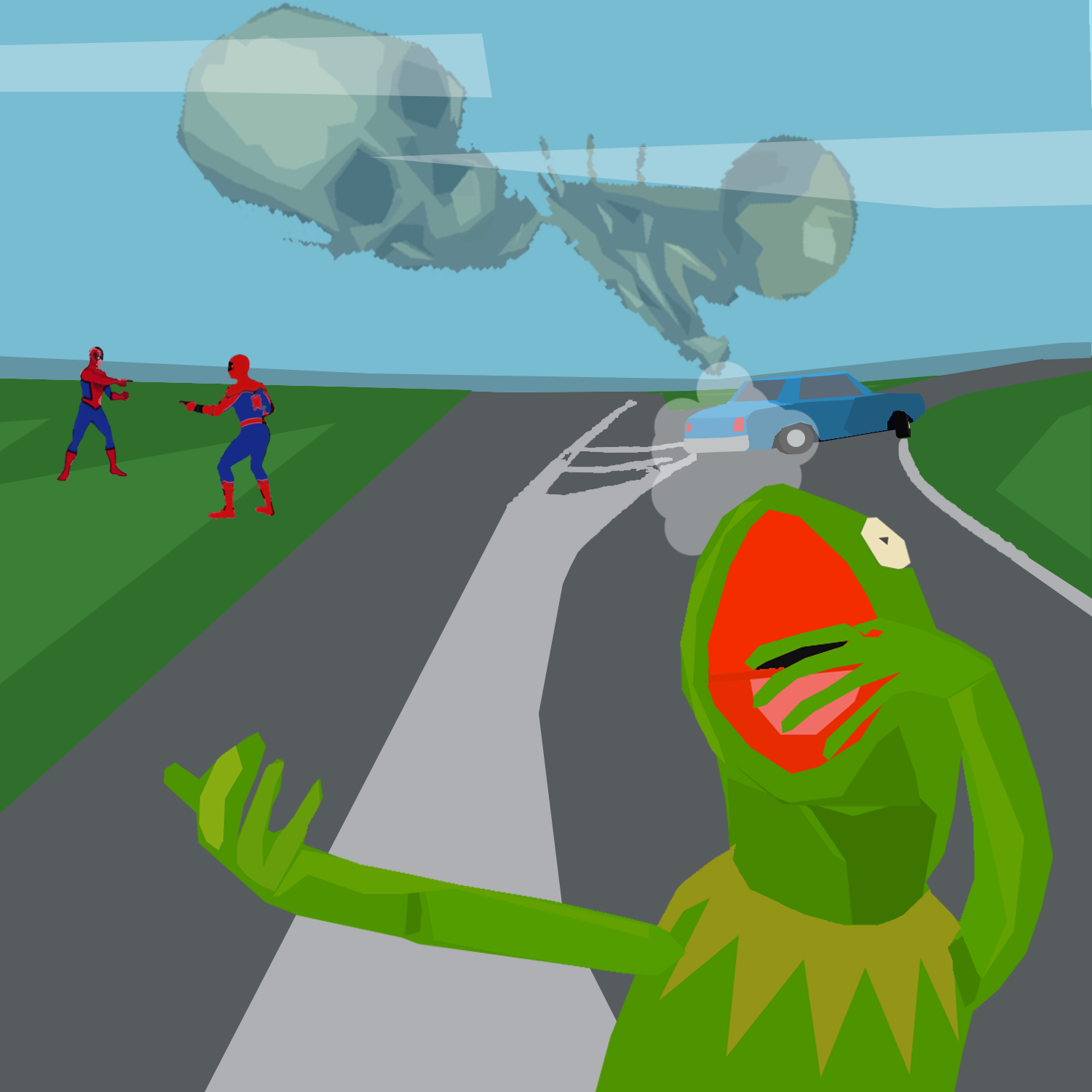
Nowadays, anyone could type anything into Google, add “meme” to it, and discover an endless scroller full of modern jokes related to their topic of choice. This rule applies to everything from travel, adorable cats or political issues like the COVID-19 pandemic.
Additionally, almost anyone can create and share a meme. With easily accessible online generators and free photo editors available on every device, making memes on the web has never been easier.
The simplicity that comes with creating memes has vast implications on both offline and online culture. While the virality of the internet allows for the quick spread of news and gives users a space to connect with others, it also raises questions about the easy spread of misinformation, especially during a time when many people are concerned about “fake news.”
In 2018, Shaun Usher, a blogger, shared a fake Tweet posted by Donald Trump. He dated the fake tweet for 2015, three years before the date it circulated.
“If the Dow Joans [sic] ever falls more than 1000 ‘points’ in a Single Day, the sitting president should be ‘loaded’ into a very big cannon and Shot into the sun at TREMENDOUS SPEED,” the fake Tweet read. “No excuses!”
The Tweet received almost 40,000 shares, with many users expressing their shock at Trumps’ supposed comments.
“Sweet mother of god,” Usher said. “Not for one second did I think people would believe that to be genuine.”
Though Usher claimed his intentions were not harmful, the viral meme shed light on how memes can be more than a catalyst for good humor. They can also spread misinformation and hate, sometimes in a way that spirals out of control.
More recently, users have taken to spreading misinformation about the COVID-19 vaccine and other current events through memes and other content intended to go viral.
In late 2020, for example, thousands of users shared a graphic claiming to show a 5G microchip inserted in the Covid-19 vaccine.
“Confidential,” the image read. The meme sparked panic and spread virally, but as it turns out, the image depicted the electric circuit of a guitar pedal. The viral photo left words like “footswitch,” “volume” and “treble” untouched.
Amongst misinformation that creates chaos and confusion, the ability to quickly and easily share information has another ironic positive aspect: it gives researchers a more concrete way to study how humans interact, and our culture develops.
Constance Iloh, an education anthropologist who studies culture, wrote Do It for the Culture: The Case for Memes in Qualitative Research. She offers her insight on how memes are valuable in learning many tenets of modern culture.
“Memes continue to proliferate as valuable ways to communicate life circumstances, ideas, outlooks, and humor,” Iloh wrote. “The meme is also a form of communication that continues to write itself, literally. Memes are adapted and reformed by the millions of people who participate in the writing and reimagining of memes.”
